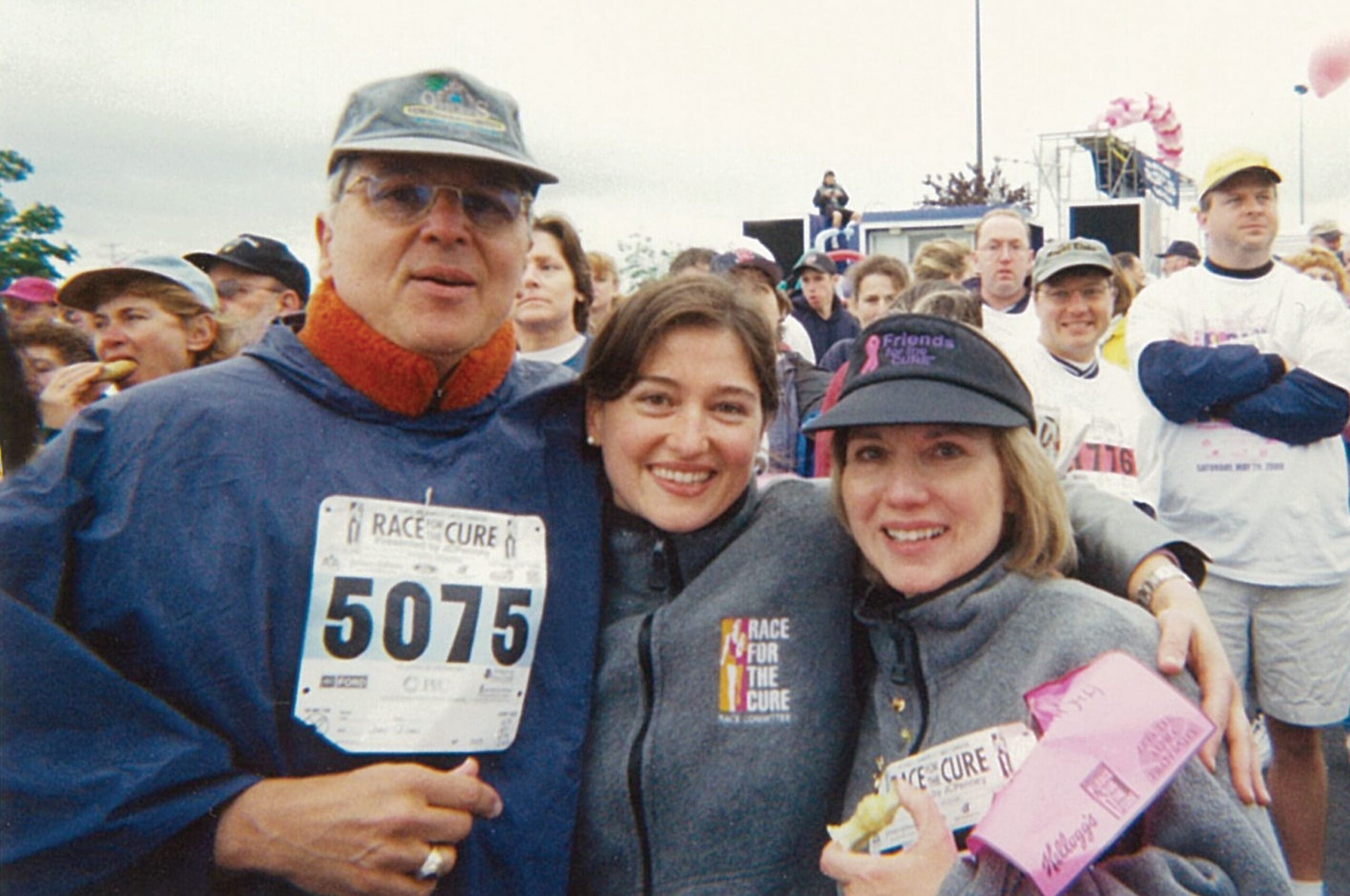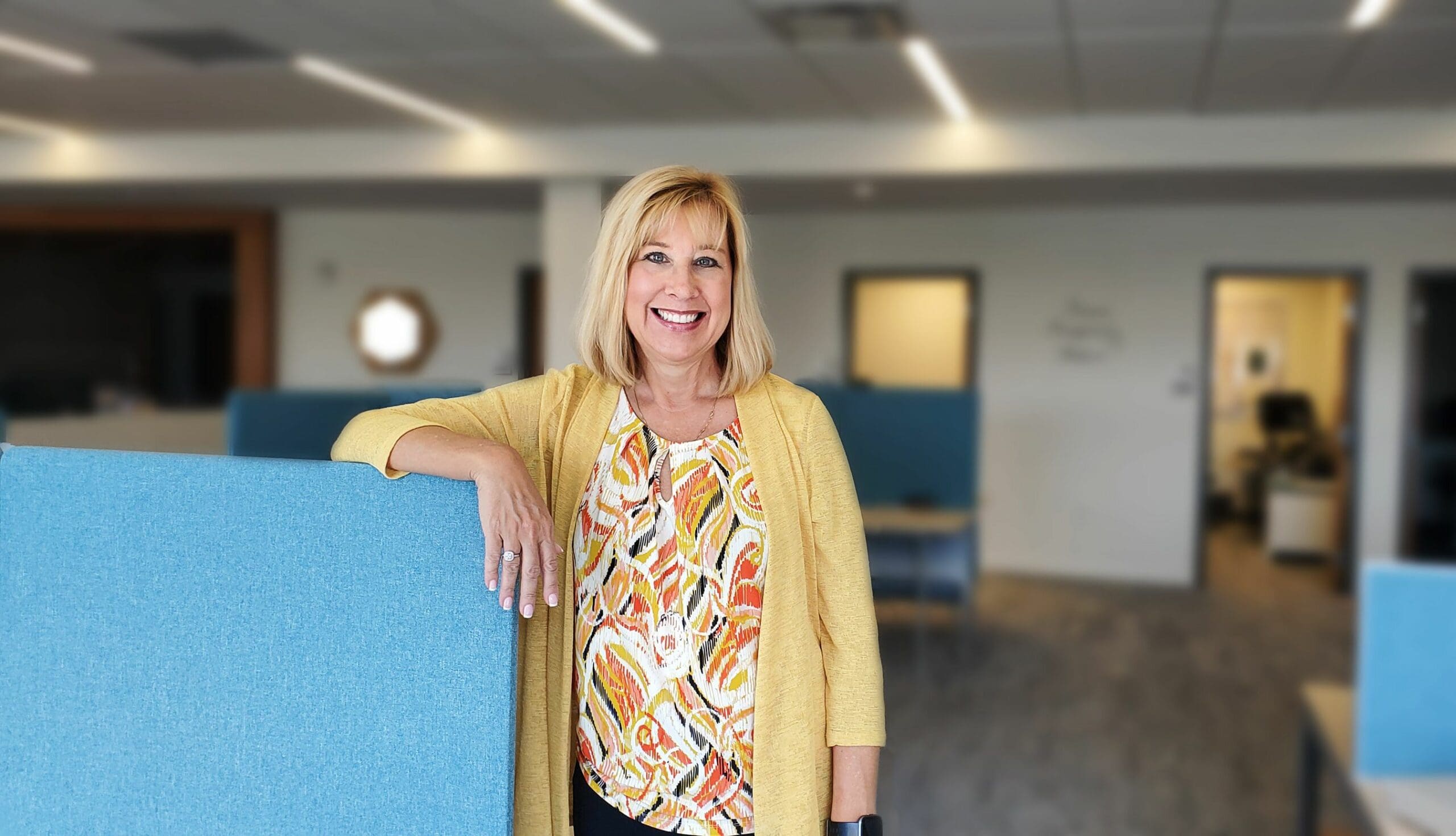By Christie Donato
If you’re like me, then the past couple months of daily Instagram scrolling has brought with it advertisements featuring impossibly beautiful and impeccably toned 20-somethings posing on yoga mats in bright, woodsixfloored rooms or tropical beaches, always in matching bra-and-legging sets. These fitness models appeared to be selling me things like activewear, shakes, bikinis, diet plans, collagen, waist trainers, and even online coaching. At first I scrolled past these ads without a backwards glance, but then I noticed a slew of former acquaintances inviting me to sign up for their next six-week fitness journey. These vague pleas for my money and attention had me asking, since when did everyone on Instagram suddenly become a fitness expert? So I turned to Buffalo-based nutritionist and certified functional strength coach, Anna Alvarado , to help me make sense of how fitness professionals had come to take over my timeline.
According to Forbes, the health and fitness industry in the United States is booming, and judging by the way wellness and healthy eating has entered the mainstream in recent years, it doesn’t seem likely to slow down anytime soon. When you match a growing industry with the fact that millennials are “the first generation in modern history to end up poorer than our parents,” it should come as no surprise that a lot of twenty-somethings have found a side hustle in fitness. Anna was quick to point out that the fitness industry itself is not well-regulated, and there are many different educational backgrounds that can inform someone’s expertise in the field. It’s not like everyone goes to the same school and then comes out a personal trainer. The lack of a clear regulatory body means that anyone can claim to be a fitness expert, even if the only person they’ve ever helped lose weight is themself. “No two bodies are the same,” says Anna, “so doing it yourself doesn’t mean you have the knowledge to help other people.”
So how do we know who has our best interests in mind and who is just looking to snag their next brand endorsement? Anna suggests asking questions. “ That’s why Instagram has comments. If the account replies back with a good answer, great° What’s a good answer? It shouldn’t be overly complex or full of high-level anatomical terms to intimidate and confuse you. If they don’t answer you, again, how are they serving the client?” She goes on to explain that there should be an intention behind every exercise. “If a trainer is offended by you asking questions, they’re not a great trainer. Or if they don’t really have an answer for you. Don’t blindly take advice that involves your health and wellness.”
More to the point, though, why are fitness professionals flocking to Instagram? “On the surface, a visual medium makes sense for fitness,” says Anna. And it’s true, a lot of our health and fitness journeys come from a desire to look a certain way. “I think the problematic manifestation of fitspo comes in the form of a lot of women that look similar, and inhabit a body that historically and societally is recognized as ‘goals,’ particularly when they are just pictured. I do not condemn anyone for having a traditionally ‘beautiful’ body. A lot of women built like models are doing incredible things — but DOING something incredible is quite a different image to portray than simply laying on the beach, for example, which is a form of fitspo I see often.”
Anna says that these accounts aren’t showing us the real side of having a toned body. We don’t see all the photographers, makeup artists, photo editing software, lighting equipment, nail appointments and trendy outfits. A lot of time, effort, and money goes into building and maintaining these accounts. No wonder scrolling through Instagram makes us feel inferior. Those fitness models with thousands of followers and impressive celebrity clients? They have PR teams and marketing professionals working behind the scenes, carefully curating their image on Instagram.
For most of us, responsibilities like jobs and kids keep us from accomplishing our fitness goals. Without a personal chef or time for nine hours of sleep, how can we hope to look like a fitness model in real life? Not to mention the very real sacrifices it would take, like completely cutting out alcohol or bagels, and giving up socializing late-night with friends. It’s not that we’re incapable of ever accomplishing our goals, but these accounts keep the “unsexy” parts of getting in shape
out of view, which does everyone a disservice. We belittle ourselves for not looking perfect in our photos, but the truth is that some of us have full-time jobs and are caretakers besides. We may not have the time in our schedule to look the way we’re convinced we should.
Despite the fact that Instagram has been linked to higher rates of anxiety and depression among users, especially women, there are plenty of positive ways to use the app when it comes to fitness. Anna points out that Instagram can be a great way to hold ourselves accountable when it comes to staying active and meeting our fitness goals. There’s a whole community of like-minded individuals out there who are using their accounts to show a diverse range of bodies. These accounts aren’t doing it for the followers or for a brand endorsement, they’re showing the very real side of getting “in shape” and what that can look like on all different body types. “They don’t make it look glamorous because it’s not glamorous,” Anna says.
The link between daily exercise and mental wellness is real, which means that having a fitness goal is absolutely a positive, but it should be more in line with how we want to feel and less about how we want to look. Like anything else, Instagram, when used right, can help us connect and learn in ways we never could before. The trick is not falling into the FOMO trap. A feat that requires us to employ a critical eye and, as Anna says, to keep asking questions.





